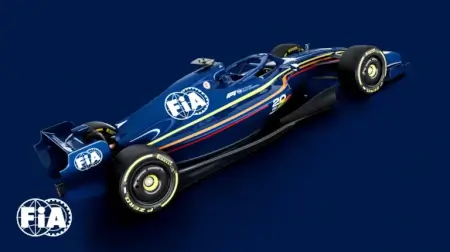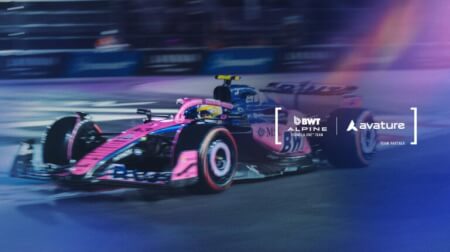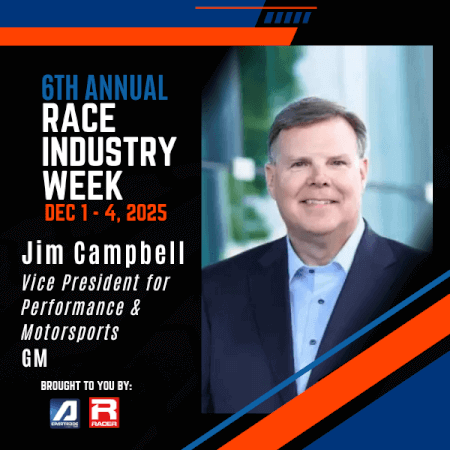August 5th 2024
FIA approves mule car testing for 2026 F1 regulation changes
The FIA World Motor Sport Council has approved an update to Formula 1’s Sporting Regulations to allow mule car testing in preparation for the 2026 technical regulation changes. This update includes a provision for 10 days of mule car testing per year, enabling teams to simulate the new cars that will appear on the grid after next season.
In Formula 1, a mule car refers to a chassis adapted for test running to mimic upcoming regulation changes. These cars are modified to reflect the demands of new regulations and can differ significantly from the original car specification. The rules for mule cars are lax, allowing teams to update their machinery in various ways to better replicate the upcoming regulation tweaks.
The updated regulations include Article 10.10, which outlines the conditions for mule car testing. This specifies that cars must only have the minimal modifications necessary for testing development tires or components for future championships.
During testing, cars must be fitted with the FIA electronic control unit (ECU) as required by Article 8.3 of the Technical Regulations. A maximum of 10 testing days is permitted between January 1 and December 31, organized by the FIA in consultation with all competitors and the appointed tire supplier if required.
Drivers participating in these tests must hold a full Super Licence and have either competed in at least one Formula 1 competition or completed a minimum of 500km in a current Formula 1 car at racing speeds. Testing at circuits hosting championship competitions must meet specific conditions, including using a modified car compliant with the technical regulations of the previous four years and ensuring the driver is not entered in the current championship.
The new regulations also stipulate that no test items can be used during mule car running, preventing teams from gaining an advantage in present-day competition.
Previously, mule cars were extensively tested ahead of the 2017 technical regulation changes and the current generation of cars, primarily to help Pirelli develop its new-for-2022 18in wheels.
Unlike previous regulation changes, the new regulations include complex active aerodynamics, making it difficult to recreate with mule cars. Additionally, the heavily revised power unit regulations pose another challenge, as teams cannot run the same power units used in previous tests. Teams can choose a chassis from the four seasons prior to the current term for modification.
For more Industry News, please Click Here
For more Industry News, please Click Here











